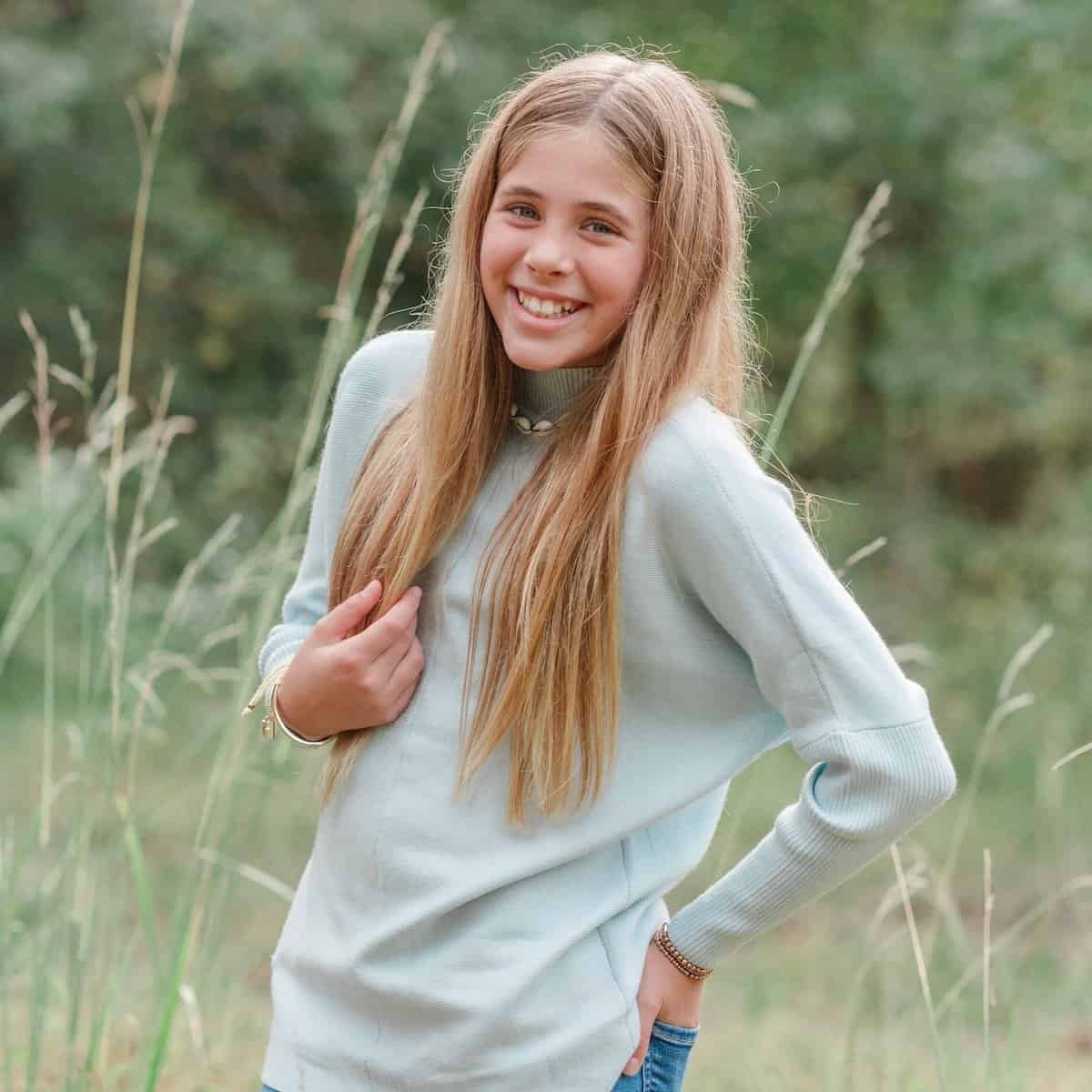Today is Babywise Friendly Blog Network Day! I’m blogging over on Team Cartwright about preparing siblings for a new baby! She’s guest posting here about a really fun subject: making science FUN! I love different perspectives on things and I honestly hadn’t ever given much thought to the lack of science being taught to our children. Enjoy her post including some super easy, FUN, ways to encourage our children to enjoy science and be sure to visit Team Cartwright for my post today as well 🙂
Everyone is gearing up for back to school time. Right around now, a lot of parents are wondering if their children held on to the skills they developed last year over the summer. Fortunately, a lot of parents know how to keep up math and reading skills. For little kids, reading with them is the best thing we can do for reading and writing skills. As they get older, we know to work basic math- addition, subtraction, number properties. But it can be hard to know what to do with things like science. Honestly, I know a lot of adults who are frankly a little scared off by the idea of science. For some reason it gets the bad rep of being hard or boring or not necessary for daily life. Well, I’m not going to get into all the reasons why this is so not true, but I will outline a few ways you can encourage your kids to enjoy science and start practicing scientific skills. These are aimed at kids ages 3-6.
I think there are two major turn offs for parents when it comes to science. The first, as I said, is the fear that they don’t know the answer. Well honestly, I don’t see the problem there. If you think about it, the whole field of science is based off the fact that we don’t know something. Why is the sky blue? Why does rain fall? What does salt dissolve in water? These are all basic questions, but at some point in time someone asked them, and went on to find the answer. The point of science is to not know sometimes. So don’t worry if you don’t know the answer to your child’s question. Show them it is okay to not know something, then find a way to figure it out. Heck with Google you can find the answer to most kid’s questions pretty quick. 😉 The other major turn off is one that, despite having a background and love of chemistry, I share. A desire to not make a mess. I know, kids are messy and need to get messy. But sometimes, well, sometimes I just don’t want to deal with that. Science doesn’t have to mean a messy lab with strange substance oozing off the wall. It can be as clean as you want it to be with kids.
With these things in mind, I have outlined three easy peasy science-y activities to get your kids thinking like little scientists. They all use things you already have at home. They don’t make big messes. And some of it can be done relatively independently for older kids. I feel the point of science with young kids is not to worry about learning answers or the nitty gritty of what is going on. The point is to learn to observe, spot difference, and ask questions.
1) This first one is the easiest. Magnets. You don’t need to buy anything for this one. Pretty much everyone has some sort of magnet on their refrigerator. That is all you really need. Let your child take a magnet around the house and see what it sticks too. This will teach them about how magnets only stick to metal. You can talk about the difference between materials they tried. Older children can do this on their own, and younger ones might enjoy drawing pictures of what the magnet stuck too. In addition to seeing what magnets stick to, they can see how many pieces of paper different magnets can hold. Can they hold a piece of cardboard? What about a dish towel? Anything you can find. The key to this is the child can explore. You don’t need to worry if you can’t explain the difference between a magnetic field and Magneto. Kids are learning just be trying things out and seeing what happens.
2) This next one does need a little parental supervision. A big part of basic science is observing. That sounds simple enough, but it means way more than just looking at something. Encourage your kids to use all their senses. This can be made more challenging when you give them something they already know. In your kitchen, you can set out little piles of basic ingredients and spices. Flour, salt, sugar, and cinnamon are some good starting ones. Have your kids describe what they look like. What color is it? Is it a powder or a grain? How do they feel? Is it gritty or smooth? Does it have a scent? (Be careful with this one, don’t let them snort anything by accident.) Try rubbing some together, does it make a sound? Try not to let them taste it. I know, they are all safe to eat, but generally speaking tasting compounds is not the safest way to identify them. (Side note- one of my professors in college could identify most compounds by taste because that did used to be a way of identifying them in the lab. Ew! Imagine the stuff they put into their bodies! I’m so glad that wasn’t a thing when I was in school.) Older kids can take notes on their findings, while younger ones can just talk about it. It’s a good way to practice finding similarities and differences as well. If they get the first couple, add some more options to the mix! Can they tell dill from basil? Cracker crumbs from cookie crumbs? Anything is up for grabs.
3) This final one can be used in part with water play or bath time. Let the kids make some boats out of foil. Make a couple. Do they float? Add a couple of coins to the boats. How can you get the boats to hold the most coins? What type of boat works well? Does a big flat one hold a lot of coins, or does a skinny pointed one work better? Does the boat float well with a bumpy bottom? What about a smooth bottom? Try putting all the coins in one pile in the boat. Then try spreading them out. Does one way work better? Let the kids try anything out with their boats. You don’t need to get into detail explaining displacement or anything. They are learning the concepts just by playing.
These are three fairly clean ways to have fun and encourage kids to explore their world. A fear of science can start early, and once it is there it is very hard to break down. Showing your children that not knowing something isn’t a bad thing and that finding a way to learn the answer is fun is a great skill. And if these don’t work to get your kids excited about science you can always toss some mentos into a bottle of diet coke and watch the fun unfold. 🙂
- A Letter to my Son on His 16th Birthday From Mom (Kye’s Bday Letter) - March 20, 2025
- Open Letter to my Daughter on her 12th Birthday – Love, Mom {Britt’s 12th Bday Letter} - January 16, 2025
- Letter to My Son on his 6th Birthday – Love Mom - January 8, 2025







